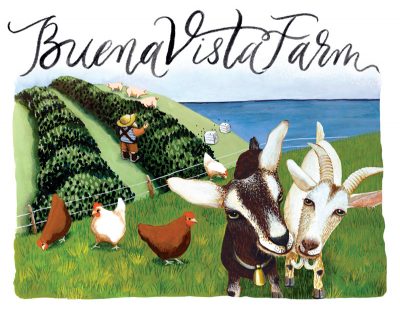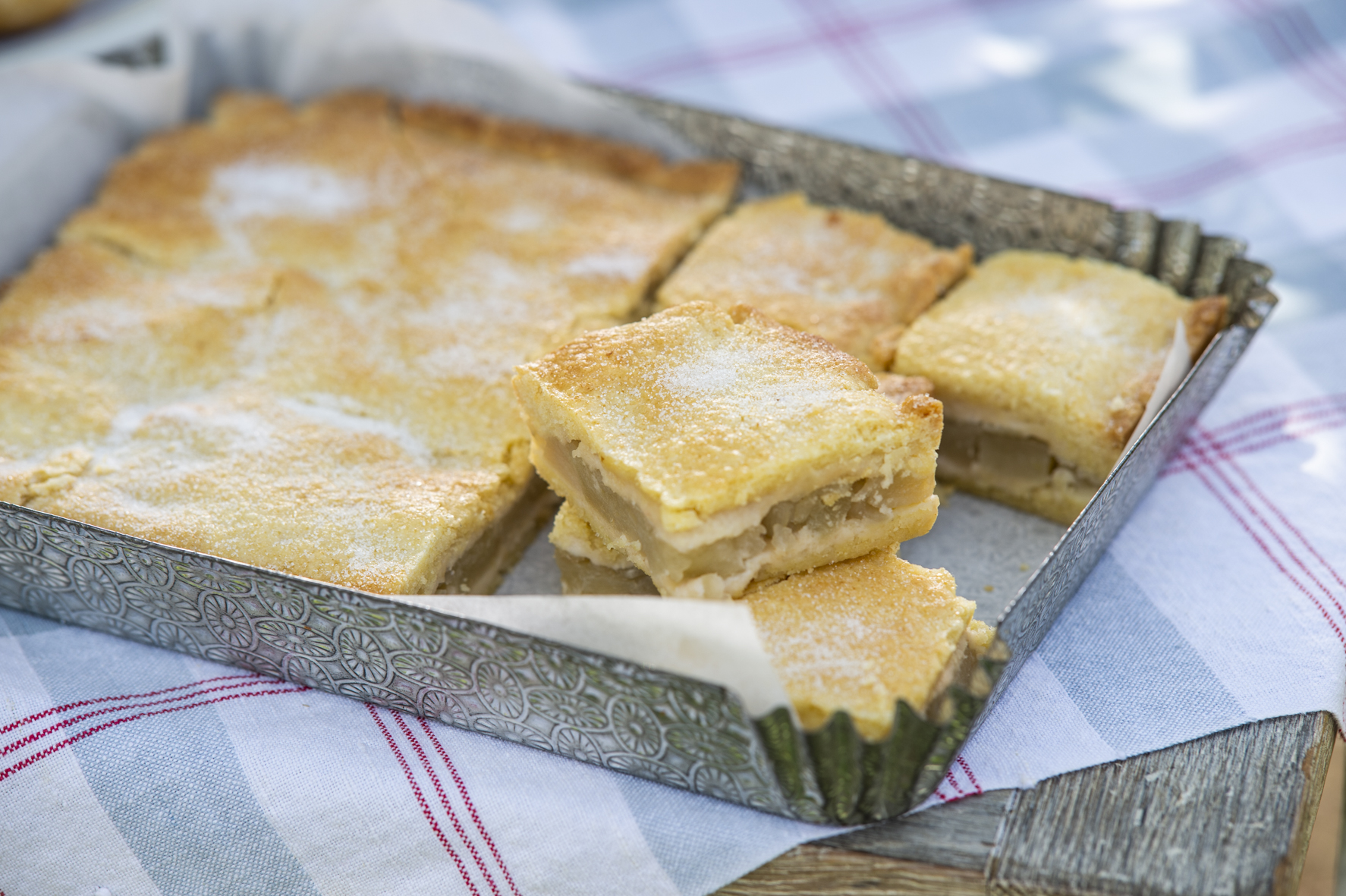My lovely boss bought in the MOST divine chocolate brownies today. He gets them at the Eveleigh markets and they are to die for. Belgian chocolate, all fudgey and gooey. Our small staff stood around and munched together and groaned in delight and I thought to myself (again): another reason it's GREAT not living in the Middle Ages. They didn't have chocolate brownies, that's for sure.
What they did have was meat – sometimes. You had access to livestock if you were (a.) wealthy or (b.) part of a monastery or abbey or perhaps occasionally (c.) lightfingered.
For Valentines day this year Adam got:
Roast shoulder of lamb with pancetta
Lentil Puree
Jumbles
The first recipe is from Tractus de modo preparandi et contiendi omnia cibaria, sourced in translation in The Medieval Kitchen. I believe it's from Italy although neither lamb nor pancetta were exclusive to Italy in the Middle Ages. The recipe describes a shoulder of ram, and the roasting instructions are for a spit.
I don't have a spit, and the translation comes with a modern version of the recipe complete with celsius oven temperature, but there are no illustrations and (I suspect) very little recipe testing.
Everything I have made out of this text so far I have scrawled notes next to, with what worked and what didn't.
Here's the prepared shoulder:
I served it with what was essentially a lentil pottage, the most common way of making any vegetable go a long way. The fourteenth-century Tuscan language treatise reads: Take some lentils, well washed and free of stones, and cook them with aromatic herbs, oil, salt and saffron. When they are cooked, mash them well, and put on top beaten egg, cut up dry cheese and serve.
The editors of The Medieval Kitchen have interpreted this as beating the eggs into the pottage and stirring through grated parmesan.
Actually, it was quite yummy.
Please, admire it now, because it will shortly turn into the most unattractive dish I have ever served Adam, like, ever.
Ready?
So Ad likes his lamb rare – but I lost my nerve and actually put the rest of the shoulder back in after this. (Pregnant, and all that.) Meat was much more commonly boiled than roasted in this period, but I thought he'd draw the line at that. Attractive pottage, right? Kinda like tasty lentil porridge.
And with this I served Jumbles, or Iombils in the original The good Huswifes Jewell (London, 1596). These are kind of a weird mix of biscuit and bread. Close to a bagel.
They have caraway in them, so the flavour is kind of sweet and kind of savoury – very sixteenth century. You beat up eggs with sugar (only wealthy households in Tudor England would have had regular access to sugar – or the literacy to read a cookbook) and beat in caraway and flour to make a stiff dough.
You then roll out and form into knots, then plunge these into a basin of boiling water where they'll sink to the bottom. You dislodge them and they'll float and swell for a minute, then drain them on a rack, then bake on a buttered baking sheet for 15 minutes, turn and bake for another 10-15 mins. Use a moderate oven.
The proportions given in the version I used (found reprinted in Tudor Cookery – recipes and History) were:
2 eggs
100g sugar
15ml (1 tbslp) aniseed or caraway
175g plain flour
I found this dough far too wet to use, maybe my good Australian organic free range eggs were twice the size they were supposed to be. I added another whole 100g of flour before it was stiff enough to knead.
You know, I thought these were fun to make and quite nice. If I made them again I'd substitute mixed spice or just nutmeg/cinnamon for the caraway.
The original recipe starts like this:
To make Iombils a hundred: take twenty egges and put them into a pot both the yolks & the white, beat them wel, then take a pound of beaten sugar and put to them, and stirre them wel together, then put to it a quarter of a peck of flower, and make a hard paste thereof etc.
Fun, hey?
Perhaps next year I should buy Adam the Eveleigh brownie as a backup…
xxx



